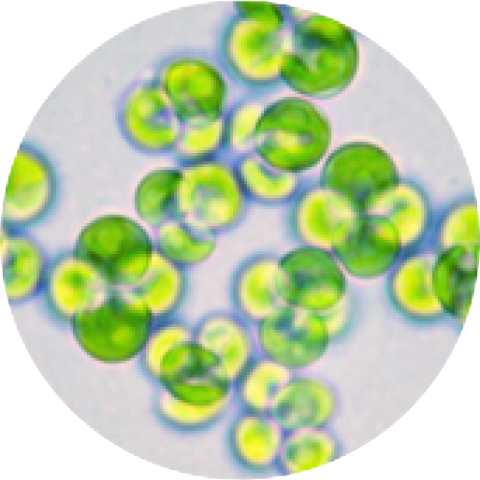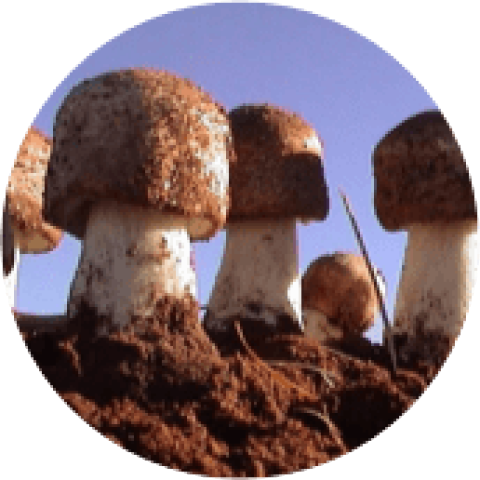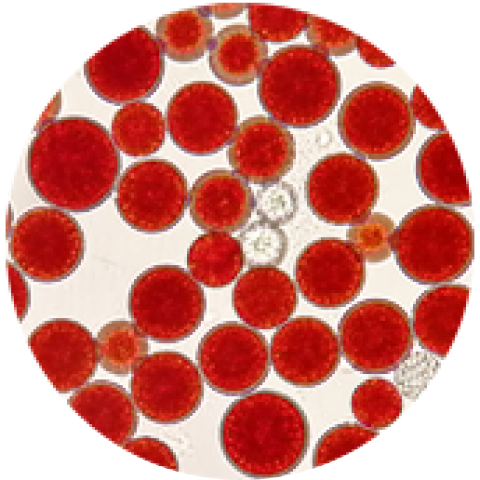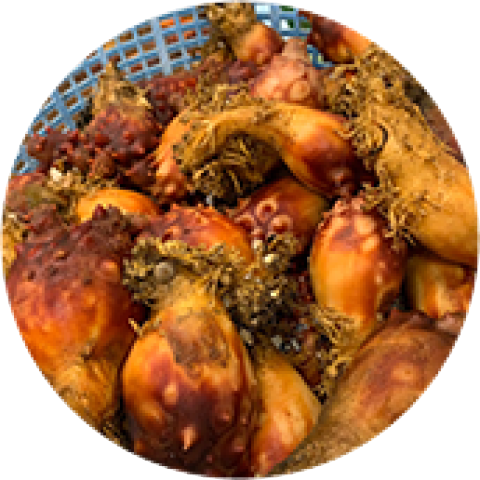-
Choose your preferred option
A plant of the Araliaceae family, the same family as ginseng. In herbal medicine, it is called "Shigoka" and has been used mainly for nourishing and tonic purposes.
Eleuthero (scientific name: Acanthopanax senticosus), a member of the Araliaceae family, shares the same lineage as ginseng and other well-known wild vegetables like Udo and Taranoki.
In traditional herbal medicine, it’s called "Shigoka" and has been used mainly for nourishing and tonic purposes.In Japan, it has been called EZO-UKOGI because it grows wild in Ezo (Ezo: the ancient name for Hokkaido).
In English-speaking countries, however, it’s known colloquially as Siberian Ginseng and Devil's shrub, Eleuthero Ginseng grows naturally in the eastern part of Hokkaido, including Tokachi, Obihiro, Kitami, and Abashiri in Japan; in the northeastern part of China, including Heilongjiang and Jilin provinces; and in Russia, including Sakhalin and the Amur River basin in Eastern Siberia, in the cooler climates of East Asia.
This hardy, deciduous shrub grows 2 to 3 meters high, with spiny brands and an extensive root system. Its roots, stems, and branches are rich in active compounds—over 16, including triterpenoid glycosides and eleutheroside E. Other significant ingredients include lignans like Sesamin, phenolic compounds like eleutheroside B, coumarin compounds such as isofraxidine, sterols, chlorogenic acid, and vitamins A, B1, B2, and C.
With a history of use in China as "Shigoka" and in Russia as "Eleutherococcus," eleuthero has long been valued for supporting overall well-being. Sun Chlorella’s eleuthero products contain pure Araliaceae plant ingredients, without any added coating agents, so you receive the raw benefits of this powerful plant.
Health benefits of Eleuthero Root Supplements
A natural gift from the Araliaceae family, Eleuthero root offers a variety of wellness benefits, including:・Stress Adaptation Support: Eleuthero may help the body adapt to stress, promoting a balanced, more efficient response when facing some of life’s tough challenges.
・Sustained, Jitter-Free Energy: Unlike caffeine and other stimulants, Eleuthero can help keep you feeling energized throughout the day without the jitters or sudden dips.
At Sun Chlorella, we believe nature provides the essential gifts we need to enhance our wellness. Discover how Eleuthero can support your journey to health and balance.
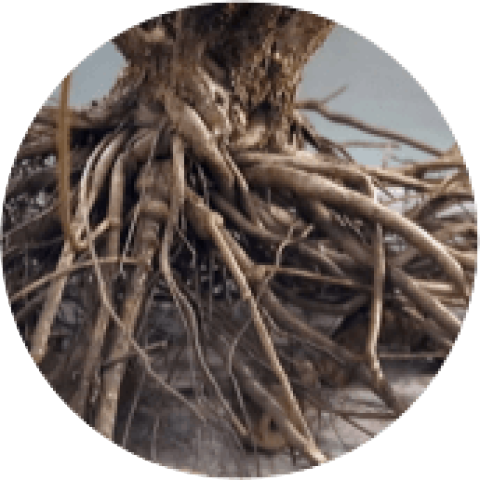
Product lineup
-
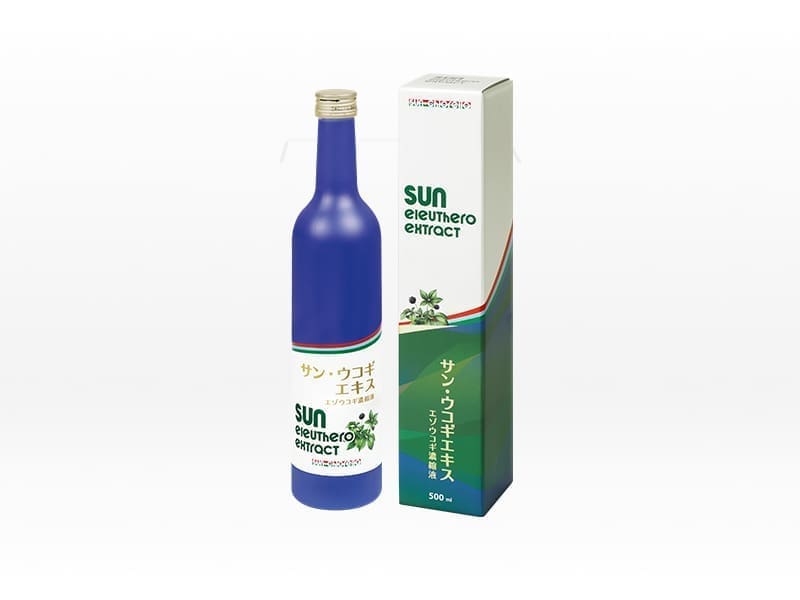
Sun Eleuthero Extract
Concentrated Siberian Eleuthero extract, blended with honey for richer flavor and additional nourishment.
-
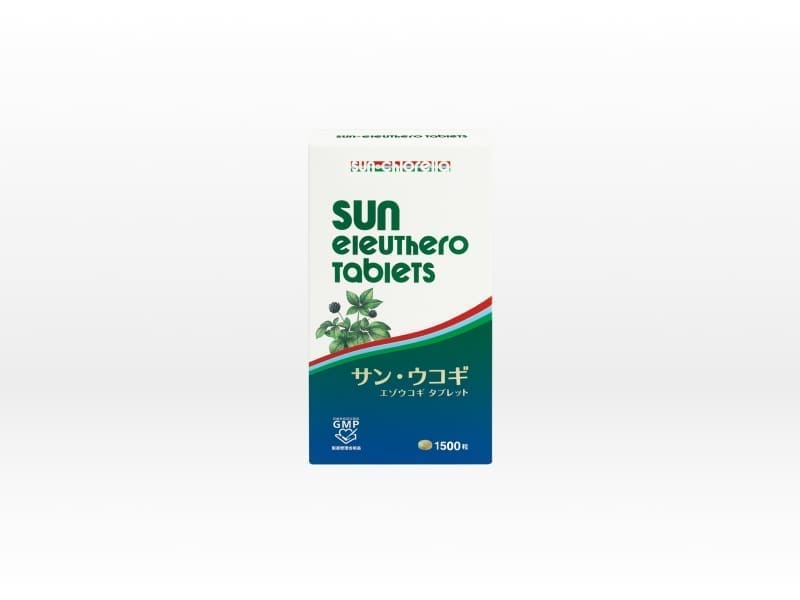
Sun Eleuthero Tablets
Convenient, easy-to-swallow tablets packed with the nutrient-rich power of Eleuthero root.
-
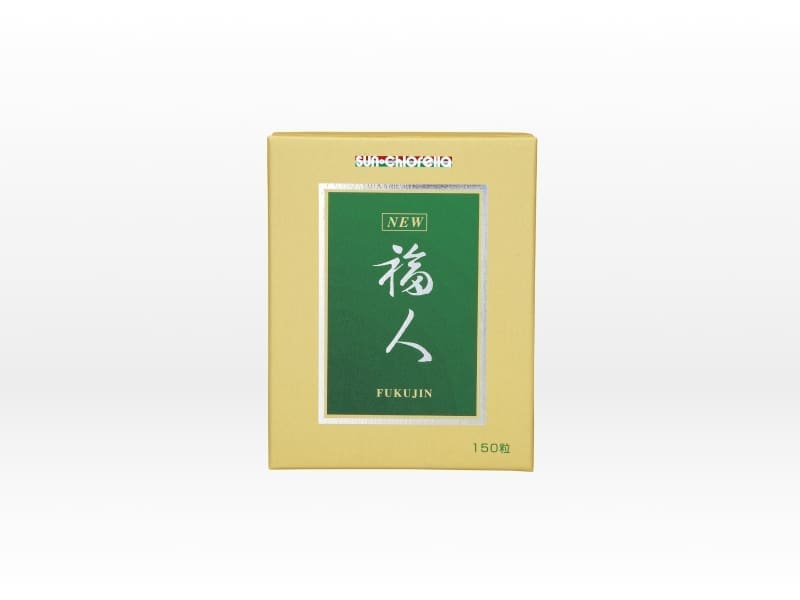
NEW Fukujin
Highly-concentrated Eleuthero nutrients, formulated into easy-to-swallow sugar-coated tablets.



